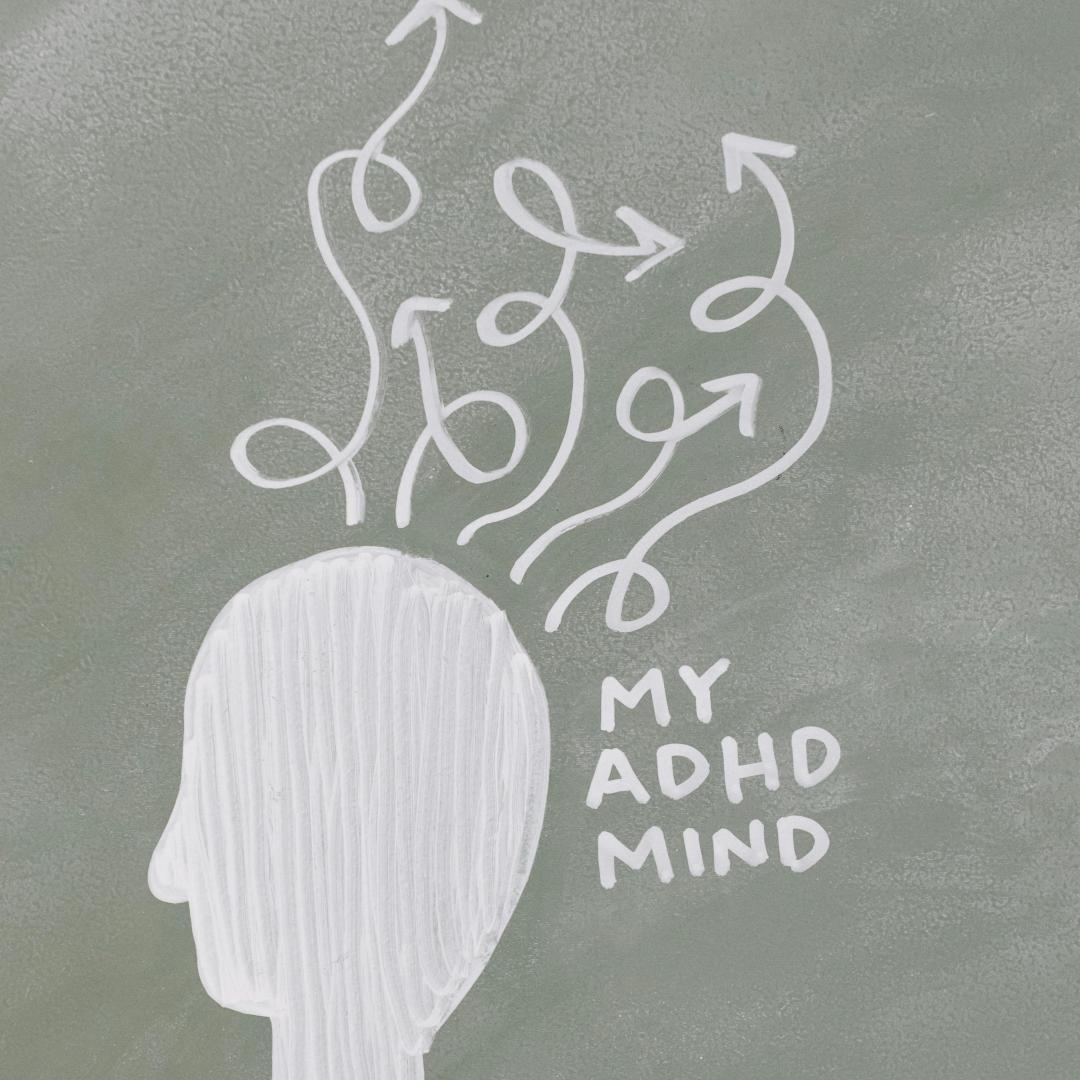The Science of Emotional Resilience: What Happens in Your Brain?
Emotional resilience is the remarkable ability to adapt and thrive in the face of adversity, stress, or trauma. It is a trait that enables individuals to bounce back from challenges, maintain emotional equilibrium, and grow stronger through life's inevitable hardships. While psychological factors such as mindset, personality, and environment play crucial roles in building resilience, the brain's underlying mechanisms are equally significant in determining how people respond to and recover from difficult situations.
Understanding emotional resilience involves delving into the neuroscience of how our brains process emotions, regulate stress, and adapt. This article will explore the key brain regions involved, the neurochemicals at play, and how these elements interact to enhance or impair our capacity to recover from emotional experiences.
The Brain's Resilience Network
-
The Prefrontal Cortex (PFC): The PFC, located at the front of the brain, acts as a control center for managing emotions and impulse control. It plays a critical role in decision-making, focus, and planning, allowing individuals to assess situations rationally rather than reacting instinctively. In emotionally resilient individuals, the PFC efficiently modulates emotions and stress responses, contributing to a balanced psychological state.
-
The Amygdala: Known as the brain's emotional processing hub, the amygdala is crucial for detecting threats and generating emotional responses such as fear and anxiety. During stressful situations, it activates the body's fight-or-flight response. Emotional resilience is partly determined by how well the PFC can regulate the amygdala's activity, mitigating excessive emotional responses and promoting a calm, composed attitude.
-
The Hippocampus: This brain region, essential for memory and learning, interacts with both the PFC and the amygdala. It helps contextualize traumatic experiences, distinguishing between past events and present situations, thus preventing chronic stress responses. The hippocampus also facilitates the development of positive coping strategies by helping individuals learn from past experiences.
-
The Anterior Cingulate Cortex (ACC): The ACC monitors errors, evaluates performance, and resolves emotional conflicts. It actively participates in error detection and emotional regulation, contributing to resilience by allowing individuals to adjust their thoughts and behaviors in response to emotional challenges.
Neurochemical Influences
-
Cortisol: Often dubbed the "stress hormone," cortisol plays a complex role in emotional resilience. While necessary for managing acute stress, chronic elevation of cortisol can impair cognitive function, weaken the immune system, and reduce emotional resilience. Resilient individuals have efficient cortisol feedback systems that help return the body to homeostasis quickly after stress.
-
Serotonin and Dopamine: These neurotransmitters play crucial roles in mood regulation and are often linked to positive emotional states and motivation. Healthy serotonin and dopamine levels contribute to emotional resilience by promoting a sense of well-being and reward, enhancing an individual's ability to face challenges with a positive outlook.
-
Oxytocin: Often associated with bonding and social connections, oxytocin can enhance resilience by fostering social support networks. Feeling connected to others and supported can buffer stress and improve emotional recovery.
Building Resilience: The Brain's Plasticity
One of the most promising aspects of neuroscience is the concept of neuroplasticity—the brain's ability to change and adapt in response to experiences. This suggests that emotional resilience is not a fixed trait but can be cultivated through targeted practices such as mindfulness, cognitive-behavioral strategies, physical exercise, and building strong social networks.
-
Mindfulness and Meditation: These practices have been shown to enhance PFC activity, reduce amygdala reactivity, and promote overall emotional regulation, forming a foundation for increased resilience.
-
Cognitive-Behavioral Training: This approach helps restructure negative thinking patterns, encouraging a more balanced response to stress and adversity.
-
Physical Exercise: Regular exercise boosts mood-enhancing neurochemicals and supports growth in resilience-related brain regions like the hippocampus.
-
Social Connections: Engaging in supportive relationships can bolster oxytocin release, creating psychological safety and enhancing emotional recovery.
Conclusion
Emotional resilience is a dynamic interplay between biological, psychological, and social factors. Understanding the neuroscience behind resilience not only sheds light on how our brains adapt to stress but also empowers individuals to develop practices that strengthen their resilience over time. By leveraging the brain's natural capacity for change, we can cultivate a more resilient mindset, enabling us to navigate life's challenges with grace and fortitude.






















